HUAWEI P30 PRO REVIEW: COMPLETE PACKAGE WITH A GIANT LEAP FOR SMARTPHONE CAMERA
The Huawei P30 Pro packs in the best still camera, but it also has some flaws.
Huawei’s P30 Pro, which has been launched in India at Rs 71,990 is a premium Android smartphone like no other. It packs in the latest Android software, has plenty of “AI” tags to its branding and has an arsenal of lenses that will make you forget your DSLR on your next vacation.
I used the smartphone for a week and there’s plenty of improvements not just over its predecessor, the P20 Pro, but the Mate 20 Pro as well.
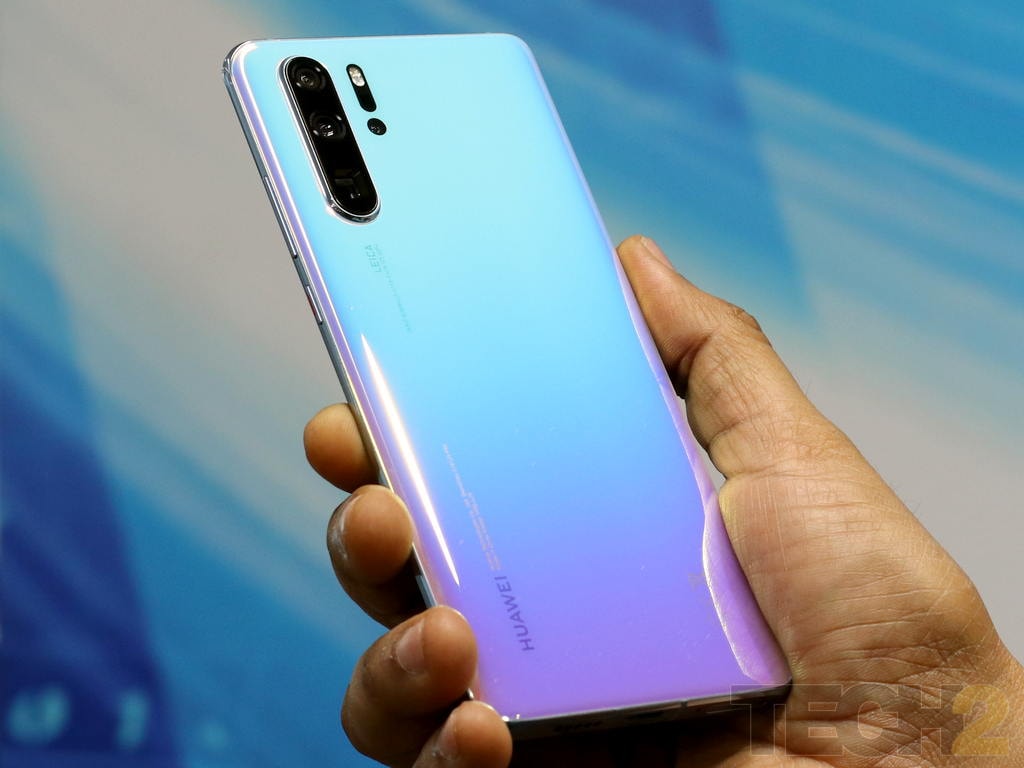
More importantly, at its asking price, it almost makes the Samsung Galaxy S10 Plus look redundant and gives Google’s Pixel 3 XL a tough fight in the only area it's good at, that Portrait mode.
The Huawei P30 Pro is not perfect, and that display notch with its not-so-secure 2D face unlock will find those looking bezel-less smartphone designs, looking the other way. Then there’s any Huawei smartphone’s biggest pain point, the rather dated software. It’s boring, looks old and needs a serious revamp. If Samsung can pull it off and take complete U-turn with One UI, I am pretty sure Huawei is quite capable of pulling off the same.
Despite the Huawei P30 Pro’s flaws, I still dig it and here’s why.
One camera for every occasion
Going by the sheer number of cameras, it’s obvious, that imaging is the highlight of the P30 Pro.
With so many cameras available, there’s literally one for every occasion.
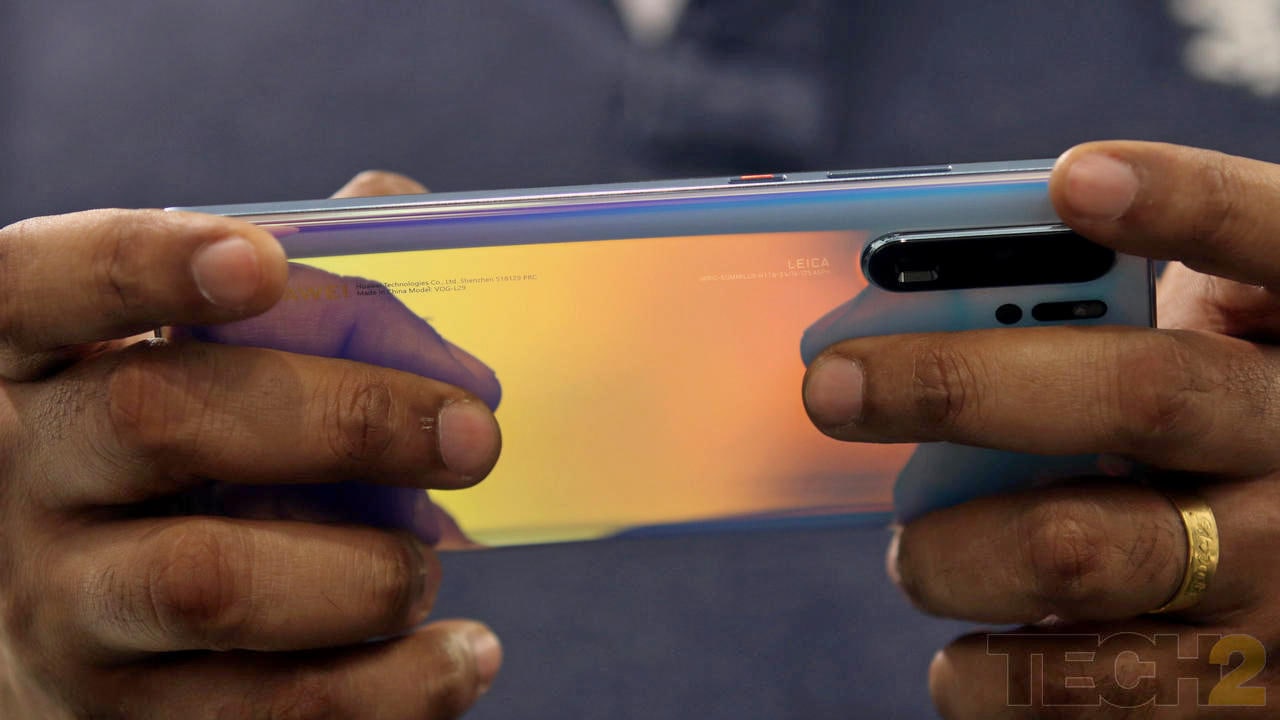
On a vacation up in the mountains, that ultra-wide angle lens can shoot some breath-taking photos.
At a rock show and need to get closer to the action on stage? If that 5X optical zoom does not suffice you can still get a pretty good image, even at 30X, using that 20 MP sensor.
And for regular shots, there’s 48 MP camera that takes care of everything from bokehlicious portraits to the best low light shots one can imagine.
Huawei has improved the processing and treatment of the images drastically, even over the recent Mate 20 Pro!
Photos shot in most lighting conditions are not an over sharpened mess like we have seen from Huawei smartphones in the past. They are still a wee bit low on resolved details when compared to the Google Pixel 3 but it has low light capabilities that beat the competition by a mile. It beats the Google Pixel 3 XL Night Sight by a huge margin.


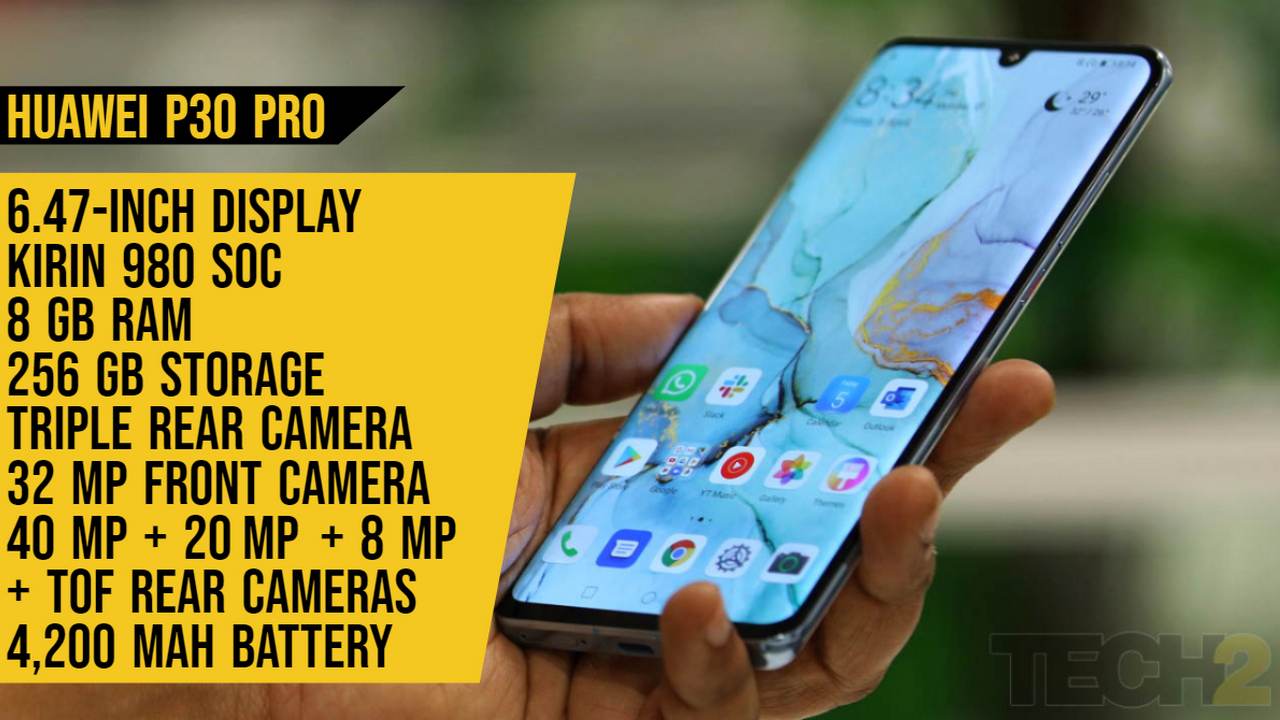

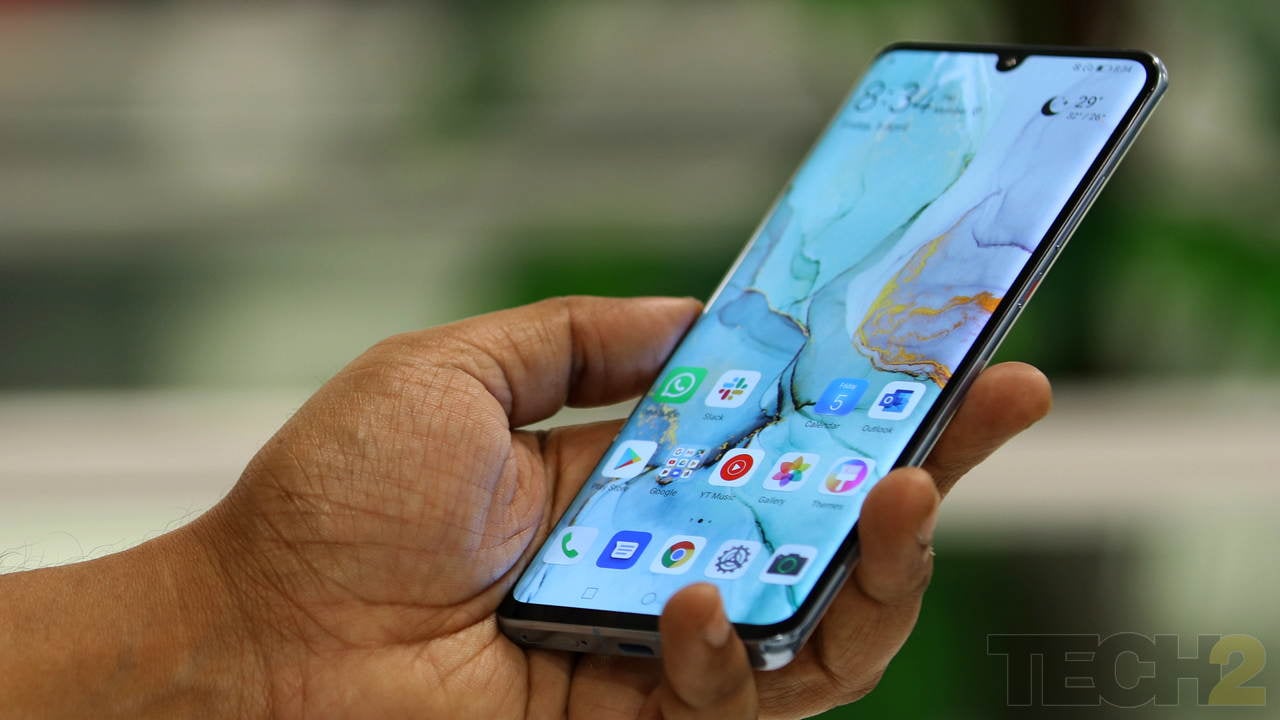
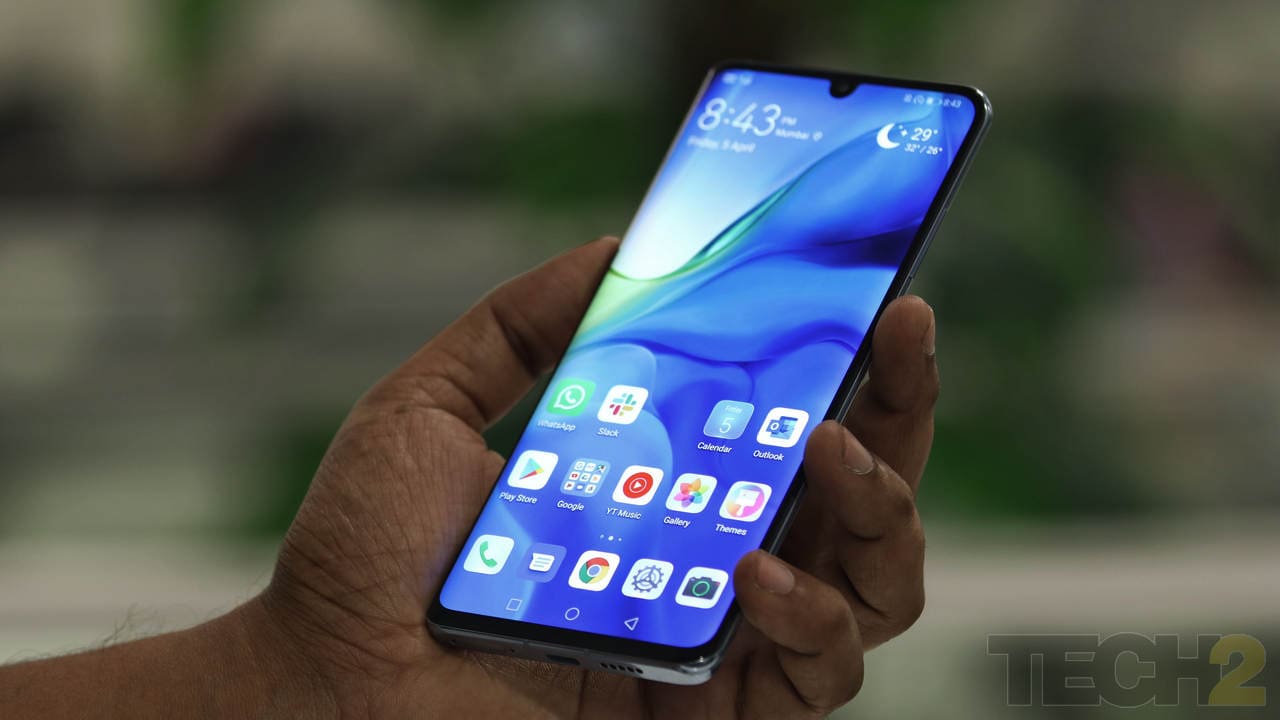
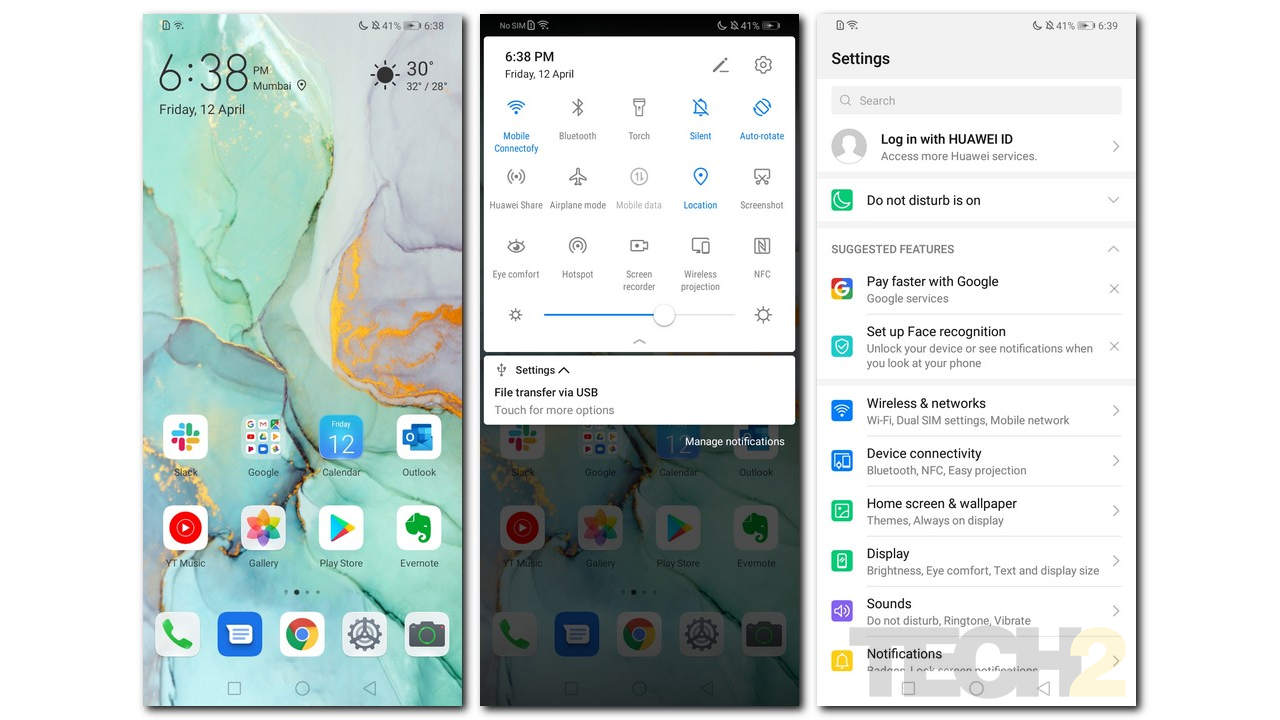
Huawei’s P30 Pro, which has been launched in India at Rs 71,990 is a premium Android smartphone like no other. It packs in the latest Android software, has plenty of “AI” tags to its branding and has an arsenal of lenses that will make you forget your DSLR on your next vacation.
I used the smartphone for a week and there’s plenty of improvements not just over its predecessor, the P20 Pro, but the Mate 20 Pro as well.

More importantly, at its asking price, it almost makes the Samsung Galaxy S10 Plus look redundant and gives Google’s Pixel 3 XL a tough fight in the only area it's good at, that Portrait mode.
The Huawei P30 Pro is not perfect, and that display notch with its not-so-secure 2D face unlock will find those looking bezel-less smartphone designs, looking the other way. Then there’s any Huawei smartphone’s biggest pain point, the rather dated software. It’s boring, looks old and needs a serious revamp. If Samsung can pull it off and take complete U-turn with One UI, I am pretty sure Huawei is quite capable of pulling off the same.
Despite the Huawei P30 Pro’s flaws, I still dig it and here’s why.
One camera for every occasion
Going by the sheer number of cameras, it’s obvious, that imaging is the highlight of the P30 Pro.
With so many cameras available, there’s literally one for every occasion.

On a vacation up in the mountains, that ultra-wide angle lens can shoot some breath-taking photos.
At a rock show and need to get closer to the action on stage? If that 5X optical zoom does not suffice you can still get a pretty good image, even at 30X, using that 20 MP sensor.
And for regular shots, there’s 48 MP camera that takes care of everything from bokehlicious portraits to the best low light shots one can imagine.
Huawei has improved the processing and treatment of the images drastically, even over the recent Mate 20 Pro!
Photos shot in most lighting conditions are not an over sharpened mess like we have seen from Huawei smartphones in the past. They are still a wee bit low on resolved details when compared to the Google Pixel 3 but it has low light capabilities that beat the competition by a mile. It beats the Google Pixel 3 XL Night Sight by a huge margin.
Huawei’s P30 Pro, which has been launched in India at Rs 71,990 is a premium Android smartphone like no other. It packs in the latest Android software, has plenty of “AI” tags to its branding and has an arsenal of lenses that will make you forget your DSLR on your next vacation.
I used the smartphone for a week and there’s plenty of improvements not just over its predecessor, the P20 Pro, but the Mate 20 Pro as well.

The Huawei P30 Pro. Image: Omkar Godambe
More importantly, at its asking price, it almost makes the samsung galaxy s10 plus look redundant and gives Google’s Pixel 3 XL a tough fight in the only area it's good at, that Portrait mode.
The Huawei P30 Pro is not perfect, and that display notch with its not-so-secure 2D face unlock will find those looking bezel-less smartphone designs, looking the other way. Then there’s any Huawei smartphone’s biggest pain point, the rather dated software. It’s boring, looks old and needs a serious revamp. If Samsung can pull it off and take complete U-turn with One UI, I am pretty sure Huawei is quite capable of pulling off the same.
Despite the Huawei P30 Pro’s flaws, I still dig it and here’s why.
One camera for every occasion
Going by the sheer number of cameras, it’s obvious, that imaging is the highlight of the P30 Pro.
With so many cameras available, there’s literally one for every occasion.

The Leica optics on the camera are quite impressive. Image: Omkar Godambe
On a vacation up in the mountains, that ultra-wide angle lens can shoot some breath-taking photos.
At a rock show and need to get closer to the action on stage? If that 5X optical zoom does not suffice you can still get a pretty good image, even at 30X, using that 20 MP sensor.
And for regular shots, there’s 48 MP camera that takes care of everything from bokehlicious portraits to the best low light shots one can imagine.
Huawei has improved the processing and treatment of the images drastically, even over the recent Mate 20 Pro!
Photos shot in most lighting conditions are not an over sharpened mess like we have seen from Huawei smartphones in the past. They are still a wee bit low on resolved details when compared to the Google Pixel 3 but it has low light capabilities that beat the competition by a mile. It beats the Google Pixel 3 XL Night Sight by a huge margin.
To check out all the 190 camera samples we have shot during testing, simply head to our Flickr album.
The Pixel 3 still clicks great Portrait shots but I prefer the less artificial background blur on P30 Pro. If you check out my detailed camera comparison, it’s easy to point out how close the P30 comes to the Pixel when it comes to shooting portraits. At times, it’s even better than the Pixel.
While the quality of these shots are top-notch, they do vary depending on the camera or the lens you end up using.
And switching from the standard 1X lens to the 0.6X ultra-wide angle lens will suddenly see the white-balance shift drastically. The same can be said about the switch to the telephoto lens which becomes a problem when you do the same while shooting video. Moreover, the shift is not as smooth but more like a jump cut transition and could certainly do with a bit of polish.
Video is a drastic improvement over the Mate 20 Pro and the P20 Pro but is not the best I have seen from smartphones this year. While 1080p 30 fps and 60 fps videos looked fine, 4K at 30 fps had a stuttering problem when panning. Stabilisation on the selfie camera was pretty good, but the focus was a bit jittery in dim light shooting scenarios like a pub. Samsung does a better job when compared to Android smartphones but I’d still pick the iPhone XR or the XS if all I wanted to shoot was video.

Interesting design choices made here
Since the design is a really subjective topic, I showed the P30 Pro to my colleagues in the office and a majority of them liked the design. While I personally found the Breathing Crystal colour quite attractive and premium, considering that it gives out an almost jade-like look and feel, others did find it looking a bit “Chinese”.

My favourite is the Amber Red, but sadly that finish will not make it to India. The Aurora finish looks good as well and as a Huawei representative explained to me, the Amber Red, Breathing Crystal, Pearl White, Aurora and Black colours are supposed to represent the colours of the sky from sunrise to the dark of night. Interesting stuff!
Looks aside, the rear 3D-curved glass screen unlike the front, like every other Huawei flagship in the past, is a fingerprint magnet. It gets smudged up quite easily, but thankfully, these are easy to wipe off this time around.

The fit and finish are near perfect with no sharp edges or corners, just that the phone is a bit thick and does get a bit difficult to hold depending on the feature that you are using at that given moment.
I’m glad that Huawei skipped on the USB port speaker on the Mate 20 Pro, but was a bit disappointed that a phone this large and chunky did not pack in two.
Despite its flattened out top and bottom edges, I was a bit surprised that the smartphone did not stand straight up on its bottom edge, but could stand up on its top edge. Is the design not perfectly balanced?
And then there’s that notched display
The display on the P30 Pro is not as sharp as the one on the Mate 20 Pro which featured QHD+ unit. To the naked eye and the casual user, it is quite hard to tell that Huawei used a FHD+ display but it has its benefits.
The lower resolution display means that there is lesser stress on the GPU, which also means better battery savings. And despite using a slightly bigger display than the Mate 20 Pro and the same chipset and battery combo, the battery life saving is drastically different. So yes, the move to FHD+ is beneficial in more ways than one.

As for the display itself, it's top class, but there are a few optimisation problems.
I liked that the colours are not as punchy as the Mate using the Natural colour profile and that it is bright enough for outdoor viewing since you will be using this smartphone to click photos outdoors.
What I did not like was the palm rejection, which accidentally pauses videos, scrubs across the zoom controls when using the camera and does other things even though your digits are barely touching the skinny bezels around the edges of the device. Indeed, this can be fixed via a software update, but it is a bit annoying.
And then there’s that notch, which almost every premium smartphone maker has been trying to avoid. It's way smaller than the one on the iPhone XS, and even smaller than the Galaxy S10 Plus’ hole-punch. But it’s not as distracting as a regular wider notch so I won’t count it as a negative.
The in-display fingerprint reader unlike the fidgety ultrasonic unit on the Galaxy S10 Plus actually works quite well so I did not need to use the 2D face unlock system on the phone.
Fast, but downright boring software
EMUI has got a few updates with the P30 Pro, there are subtle cosmetic changes like new icons and deeper down a new file system that according to Huawei makes the phone up to 20 percent faster than the older ones.
In day to day use, the phone did feel fluid and fast even compared the Mate 20 Pro, despite the amount of bloatware that Huawei loads on to it smartphones with duplicate apps.

Huawei's software may have changed under the hood, but nothing has changed cosmetically.
It’s almost like my appreciation for custom Android skins has grown over the standard stock vanilla interface that the Pixel devices offer these days. This is more because of the customisation options (theming, UI navigation, gaming optimisations etc.) that you get, something that Android Q is expected to bring in the next milestone update but currently does not offer. Android is about customisation and the current Pixel software is anything but customisable when it comes to navigation and the user interface (not themes).
But EMUI still looks dated and downright boring in comparison to Samsung’s One UI, which lends a modern minimalistic look for Samsung’s multitude of smartphones. Here’s hoping that the next Huawei phone packs in something refreshing and new for once.
Blistering performance
That 7 nm Kirin 980 chipset is blazing fast! While EMUI’s file system and software optimisations help deliver smooth app experience, the Mali GPU delivers a buttery smooth gaming experience.



Very nice Huawei P30 Pro review
ReplyDeleteHi, Thanks for sharing Huawei P30 Pro Review because It written so well.
ReplyDelete